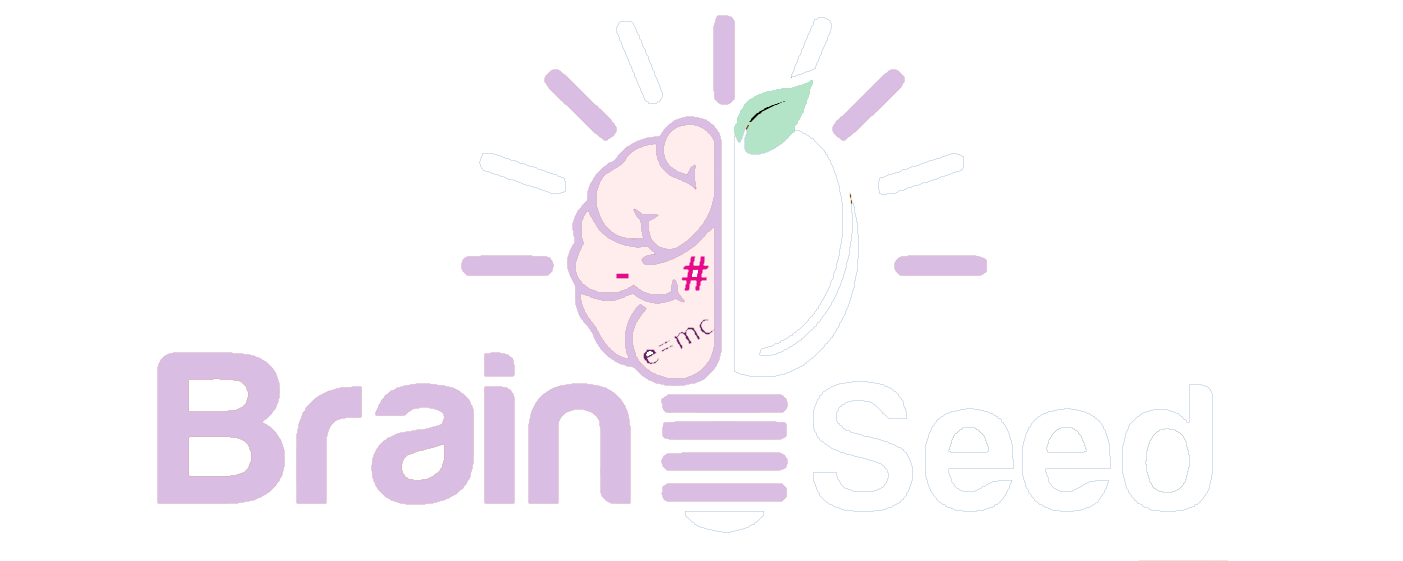What are the best strategies for teaching drama to students with visual impairments?
Teaching drama to students with visual impairments requires careful consideration and planning to ensure that they can fully participate in the activities and receive the same benefits as their sighted peers. In this article, we will explore some of the best strategies for teaching drama to students with visual impairments.
Utilize Verbal Descriptions
One of the most important techniques for teaching drama to students with visual impairments is to use verbal descriptions. The teacher or another student can provide detailed descriptions of the setting, props, and actions taking place on stage. This will allow students with visual impairments to create mental images of the scene and follow along with the action.
Integrate Touch
In addition to verbal descriptions, integrating touch into drama activities can be very helpful for students with visual impairments. For example, props can be made that have different textures or shapes, such as a smooth ball or a rough stone. Students can touch these objects and use them as part of their performances. This not only helps them understand the scene better but also creates a multisensory experience that can be truly engaging and memorable.
Use Sound Effects
Sound effects are another great way to help students with visual impairments understand what’s happening on stage. Different sounds can be used to represent different actions, such as a door opening or a phone ringing. These sounds can be created by students themselves or played from a recording.
Teach Body Language
Body language is an important aspect of drama that can be easily understood by students with visual impairments. Teachers can focus on teaching body language as a way of conveying emotions and actions, and students can use their own bodies to express themselves. This can include gestures, facial expressions, and movements that convey the emotions or actions taking place in the scene.
Encourage Collaboration
Collaboration is key when teaching drama to students with visual impairments. Students can work together in pairs or small groups, with each student bringing their own unique resources and abilities to the performance. This not only allows students to learn from each other but also promotes teamwork and interpersonal skills.
Provide Adequate Space and Lighting
Finally, it is crucial to provide adequate space and lighting for students with visual impairments to participate in drama activities. This may include providing a larger performance space to accommodate mobility aids or ensuring that the lighting is bright enough so that students can see their surroundings. Adequate space and lighting are essential for students to feel comfortable and confident in their performances.
In conclusion, teaching drama to students with visual impairments requires careful planning and consideration to ensure that they can fully participate and benefit from the activities. By using verbal descriptions, integrating touch, using sound effects, teaching body language, encouraging collaboration, and providing adequate space and lighting, teachers can create an inclusive and engaging learning environment for all students.







